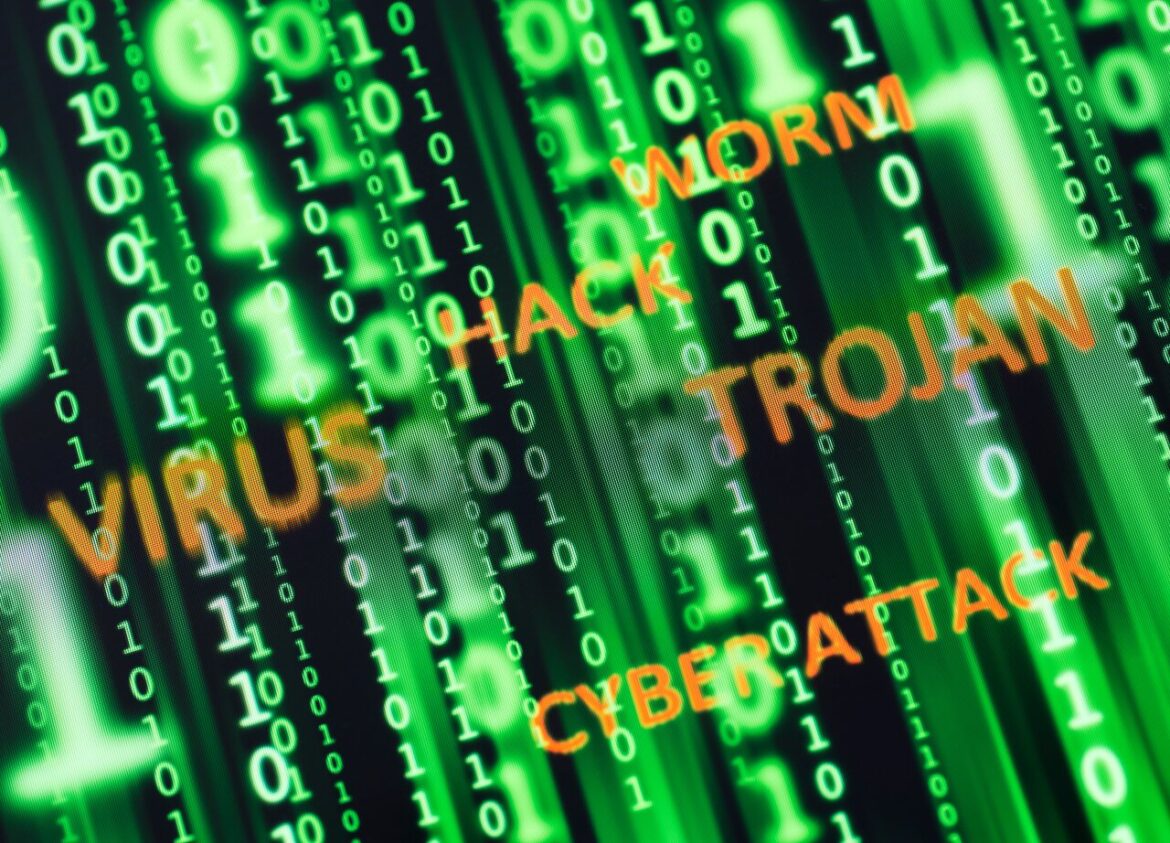As people and businesses increasingly transact online, particularly in the wake of the global pandemic, criminals too have migrated to cyberspace. Thus, cybersecurity, the practices and procedures for protecting computer systems and networks from malicious attack, has become more important than ever. In this article, we will look at some of the major cybersecurity threats and challenges banks face today and the measures being taken to mitigate these risks.
Top Threats
Unencrypted Data
Cybercriminals love unencrypted data, as once they gain access, they can freely collect, identify, and use this data with little effort. Encryption can prevent access to data in the event of a breach.
Malware, Phishing & Spoofing
Malicious software (malware) and phishing/spoofing (tricking people into providing sensitive information/transferring assets by masquerading as a legitimate entity), are serious problems, especially when used in combination with one another.
3 rd Party Services
Banks use 3rd party services that may have vulnerabilities exposing core banking systems to attack. Modern software is constantly being developed to stay one step ahead, allowing modules to run independently and in isolation from each other, in the fight to mitigate risk.
Top Challenges
Lack of Awareness
Being aware of how cyberattacks happen can help prevent them. In addition to complacency, awareness of the sophistication, effort and resources of cyber criminals, be it an individual or nation state, is often lacking in the industry. Constant vigilance and action are the best safeguards.
Insufficient Budgets and Management Support
Cybersecurity is often overlooked until an incident occurs. Many organizations will try to optimize costs by reducing spending on cybersecurity, which ends up being detrimental.
Poor Access Management
Robust cybersecurity regimes will include stringent access management, where without access to multiple credentials, the damage from an attack is minimal. But this is costly and adds complexity, which can be inconvenient. Thus, this is often overlooked.
Mobile Devices and social media
With employees on mobile and working from home, banks have been forced to rethink remote and mobile access to company and personal devices. However, there is often little control over employees’ devices, the apps they install, how they use their devices and what they post on social media. This has opened doors to whole new vectors of attack.
Ensuring Data Security & Quality
At Euro Exim Bank, digital banking, trade finance, and cybersecurity are key priorities. From early on, we implemented industry-standard data security protocols across the organization, including an integrated security policy where all components of our digital infrastructure communicate and work together. We also employ process automation, machine learning and artificial intelligence to reduce paper, human intervention, and thus minimize cybersecurity risks. Through internal and external awareness initiatives, all of our people and customers are constantly kept abreast with the most current information about potential cyberthreats and recommended mitigation measures. Looking towards the future, we are also investing heavily in next-gen digital security technologies for and employing skilled individuals to manage the security of our extensive digital banking infrastructure. Implementation and enablement of Blockchain technology is also a focus area for us, with promise as one of the safest innovative mechanisms supporting electronic Bills of Lading and digitised documents across the entire international trade ecosystem. Thus, we can confidently assure our global portfolio of customers that every transaction and asset held with Euro Exim Bank enjoys best-in-class cybersecurity and data protection from end-to-end.

